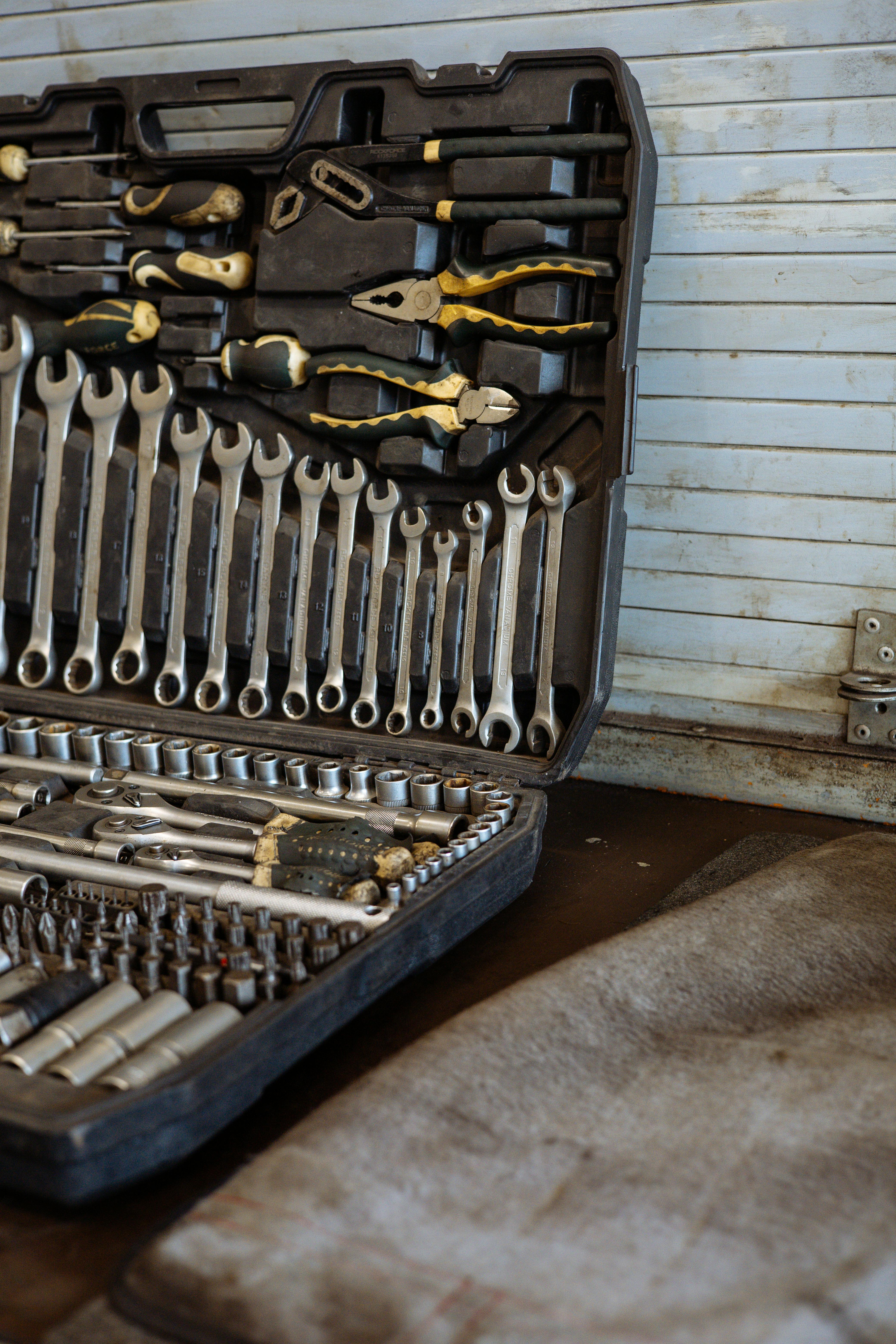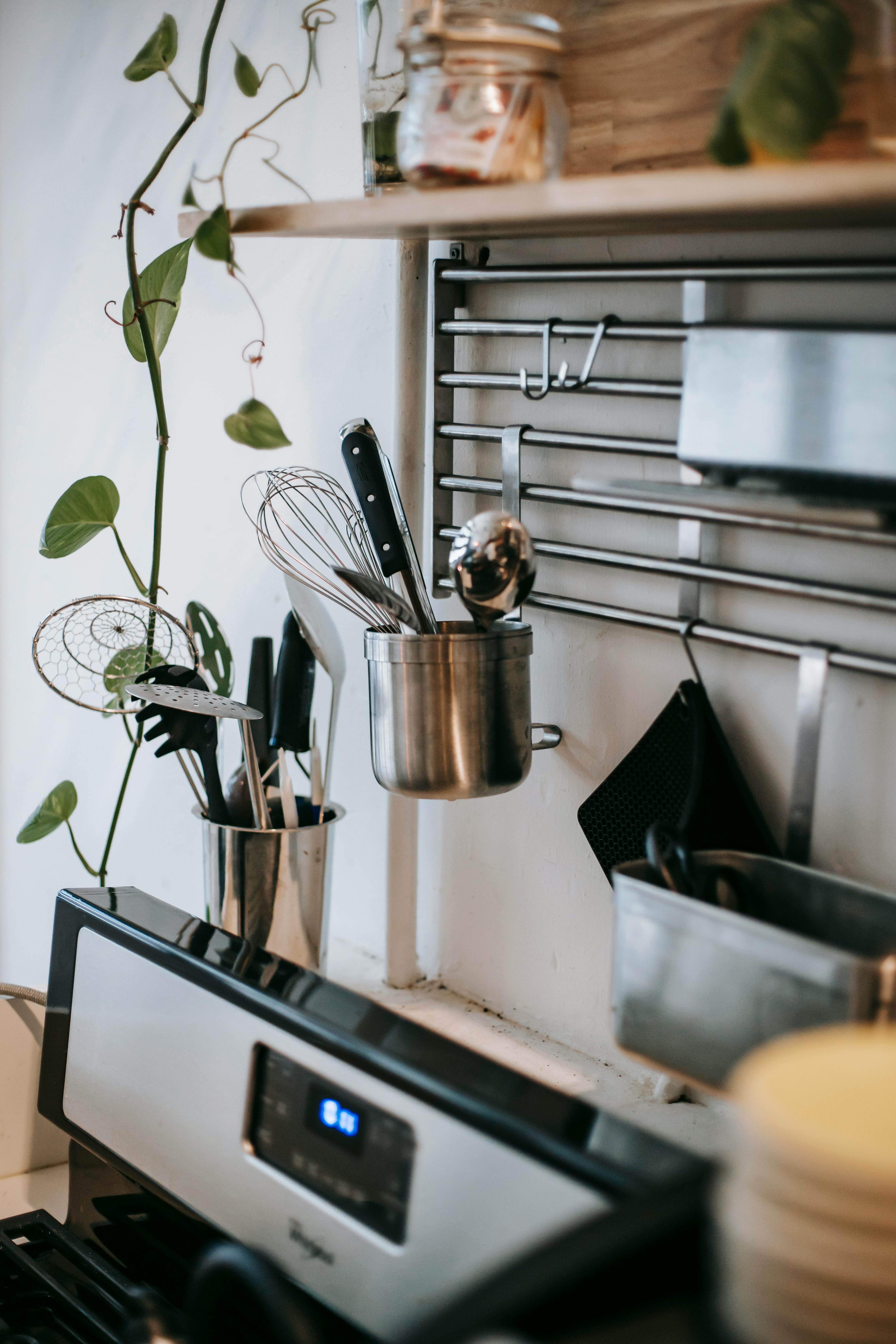AD | Relocating to a new home is always a big task—but doing it right before Christmas? That’s next level. Between the twinkling lights, holiday shopping, and festive chaos, adding a house move to the mix can feel overwhelming. But don’t worry—with the right planning, the right UK wide removals service, and a few smart strategies, you can settle into your new home just in time to hang your stockings and pour the mulled wine.
Here are five top tips to help make your move before Christmas as stress-free and merry as possible.
1. Plan (Way) Ahead
The holiday season is a peak period for many services—and that includes moving companies. Removal firms, storage providers, and even utility companies get booked up fast in the lead-up to Christmas. To avoid disappointment, lock in your move date and any essential services as early as possible. Create a detailed moving checklist that includes:
The holiday season is a peak period for many services—and that includes moving companies. Removal firms, storage providers, and even utility companies get booked up fast in the lead-up to Christmas. To avoid disappointment, lock in your move date and any essential services as early as possible. Create a detailed moving checklist that includes:
- Booking with a cheap house removals UK company or van
- Changing your address with relevant providers
- Redirecting post
- Setting up utilities and internet in your new home
Aim to finalise these things at least 4–6 weeks before your moving day. It’ll give you some breathing room and reduce last-minute panic.
2. Declutter Before You Pack
Let’s be honest—moving unwanted clutter from one home to another is just wasted effort. And with Christmas just around the corner (and likely new items coming into your life), there’s no better time to declutter.
Let’s be honest—moving unwanted clutter from one home to another is just wasted effort. And with Christmas just around the corner (and likely new items coming into your life), there’s no better time to declutter.
Go through each room and create four piles: keep, donate, recycle, and bin. Be ruthless—if you haven’t used something in the past year, chances are you don’t need it. Bonus: If you donate unwanted items to a local charity before Christmas, you’re helping others during the festive season too. Win-win!
3. Pack with the Holidays in Mind
While it’s tempting to throw everything into boxes and deal with it later, a bit of thoughtful packing can make all the difference when you move right before Christmas. Here’s how to do it:
While it’s tempting to throw everything into boxes and deal with it later, a bit of thoughtful packing can make all the difference when you move right before Christmas. Here’s how to do it:
- Label your boxes clearly, not just with the room but with contents (e.g., “Kitchen – pots and pans”).
- Pack a ‘Christmas Essentials’ box with decorations, wrapping paper, gifts, and festive tableware. This way, you can easily find what you need to bring the holiday spirit into your new space, even if the rest of the house is in chaos.
- Prepare a ‘First Night’ box with toiletries, PJs, a kettle, tea bags, snacks, and anything else you’ll want after a long moving day. You don’t want to be rummaging through 30 boxes looking for fairy lights on December 23rd!
4. Keep It Simple This Year
If you're usually the one hosting a big Christmas dinner or throwing a New Year’s bash, consider scaling things back this year. Moving is already a huge undertaking—and you deserve a break. Here are a few ways to simplify:
If you're usually the one hosting a big Christmas dinner or throwing a New Year’s bash, consider scaling things back this year. Moving is already a huge undertaking—and you deserve a break. Here are a few ways to simplify:
- Host a low-key Christmas dinner with just immediate family
- Order pre-made food or go potluck-style
- Suggest meeting friends or extended family elsewhere, like a local pub or restaurant
It doesn’t have to be Instagram-perfect. The most important thing is that you’re together and settled in your new space—even if there are still boxes in the hallway!
5. Embrace the Magic of a Fresh Start
A new home just before Christmas might sound stressful, but it’s also a wonderful opportunity. Think about it: you’re starting fresh in a new space, just as the year is winding down. It’s the perfect moment to create new traditions, decorate with intention, and make memories you’ll cherish.
A new home just before Christmas might sound stressful, but it’s also a wonderful opportunity. Think about it: you’re starting fresh in a new space, just as the year is winding down. It’s the perfect moment to create new traditions, decorate with intention, and make memories you’ll cherish.
Take time to explore your new neighbourhood—maybe there’s a local Christmas market, light display, or winter walk to enjoy. Introduce yourself to the neighbours with a friendly card or festive treat. These little gestures can make your new house feel like home faster than you’d think.
Final Thoughts
So pour yourself a hot chocolate, take a deep breath, and remember: even if the tree is a little wonky this year, you’ve pulled off something amazing. Here’s to new beginnings and festive firsts in your new home!
So pour yourself a hot chocolate, take a deep breath, and remember: even if the tree is a little wonky this year, you’ve pulled off something amazing. Here’s to new beginnings and festive firsts in your new home!
Relocating before Christmas is a challenge—but with the right mindset and a solid plan, it can also be magical. You’ll enter the New Year in your new space, ready for whatever 2026 has in store.


















%20(1).jpg)










